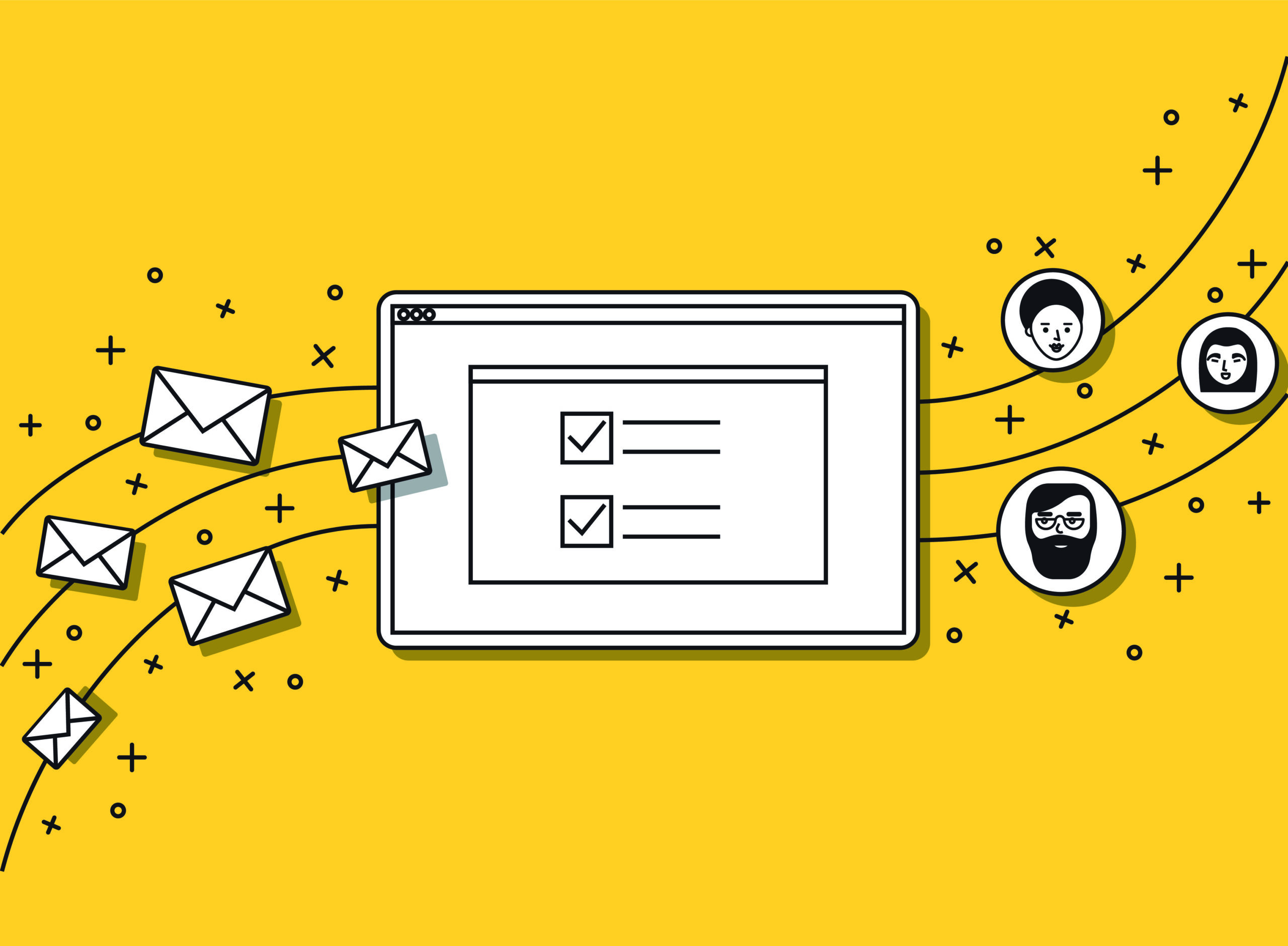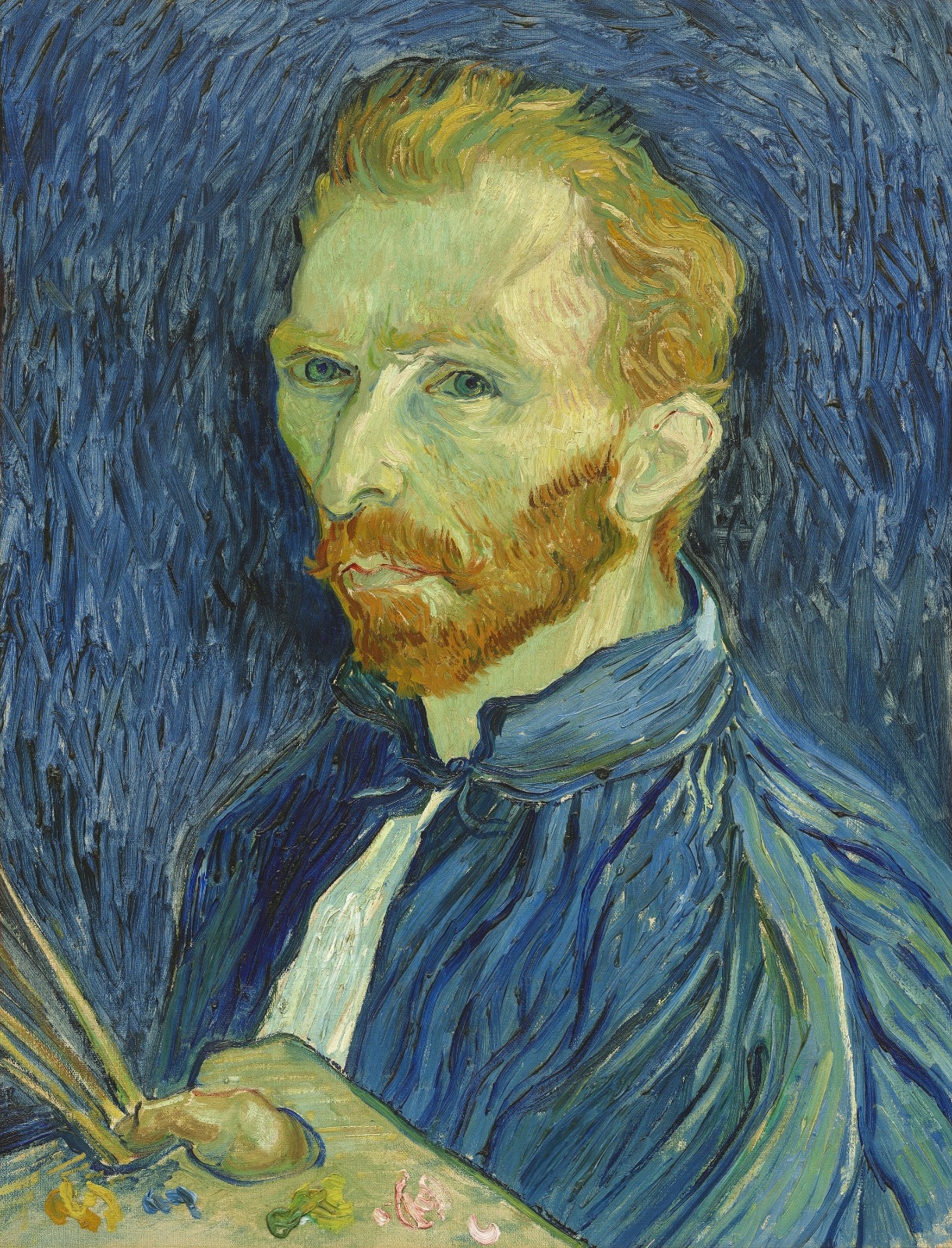
Web Design and Growth Marketing – The Connection
Veksa is a digital growth agency. As both software developers and digital marketers we often see a project through from web design and development through to growth marketing and driving traffic to a website. This is an ideal scenario. Simply put, the design and functionality of a website can directly affect the success of a growth marketing campaign and thus the ability to drive visitors to a site. And ultimately conversions. A website, which has been well designed and well planned, will stand you in good stead going forwards. It makes sense to look at your website and marketing strategy holistically. This is a much better strategy then just creating a website, which looks good. But doesn’t function as you need it to.
In our blog post, we will look at what makes a good website. And why it is so important for digital marketing and growing your business.
Why is web design important? And what does a well designed website look like?
Along with social media channels, a website is likely to be the first contact a potential customer has with a business. It is where a prospect will visit, in order to understand what a business does and who they are. Also, to get a general feel for what the business is about and what it stands for. Whilst a website should be visually appealing and be on brand, it isn’t there just to look attractive and make a good impression. It must also perform a function.
Before you start designing your website, it is critical to understand, what it’s there for. In other words, what function do you want your visitors to perform. Very often, this function is to make a purchase. However, it could also be to garner information. Or sign up to a newsletter, download a white paper, or something similar.
Equally important is understanding your customer persona. So you know who to target your website to. Before you start designing your site, you should have a clear view of who you want to attract to your website and design it accordingly.
Once you have a clear grasp of who you are directing your website at and what you want them to do, once they visit it, it’s time to start the design.
Points of consideration in web design:
Mobile responsive and friendly
Nowadays, customers are more than likely to search and perform tasks online, on their mobile phone or device. A website must look as good and perform equally as well on a mobile phone or tablet. Make sure your website is designed for mobile as well as desktop.
Search engine optimisation (SEO) & Web Design
Many users will no doubt come to your website via a search engine. Your business will benefit if your website ranks highly in the search engine results pages (SERPS). Keeping abreast of the Google algorithm and what you can do to ensure you appear high up in the SERPs is really important for your business. Making sure your website’s content is engaging and optimised for search engines will help your ranking. Also, Google likes new content and websites that are kept up-to-date and fresh. Having a blog section or news section on your website, is one way to make sure you always have interesting and engaging content on your site.
Web Design – Easy to navigate
A website that is easy to navigate will benefit a business in a multitude of ways. Customers are more likely to have a positive experience and stay longer on a website that is easy to navigate and is intuitive. Make sure your customers and potential customers can find what they are looking for easily. Google will pick up on how users are interacting on your website. If customers are coming onto your website and bouncing off quickly, then Google will punish you by dropping you down the SERPs. A website, which is easy to navigate, will help to give the user a positive user experience (UX) and encourage them to stay longer.
Web Design with Good quality content and features
We have mentioned the benefits of good quality content in the SEO section above. It really is so important to make sure you have lots of engaging and compelling features on your website. As well as the basics, such as contact information and testimonials. Clients love testimonials. This gives them reassurance and confidence when purchasing and should be a prominent feature on any well designed website.
Video content is another way to add interest and are often more enticing for a customer than reading reams of text. Live chat can often encourage engagement. We are all a little bit lazy at times and a well manned chat feature can be very attractive to customers.
Social media is also a good way for customers to understand a bit more about the personality of the business and the website and socials should all be linked. Social media button are a must on a well designed website.
Nice to haves, such as search features, can really enhance the user experience. So are well worth considering, depending on your budget.
Calls to action (CTAs)
Many of the features mentioned in the section above will be some sort of call to action. Call to actions are really important on a well designed website as they will encourage the visitor to perform a desired action. We come back to the reason why your website exists. CTAs will drive the customer to make a purchase, sign up for a list or request a report or whatever else you would like them to do. For example, ‘buy now’ or ‘book a meeting’ buttons are both CTAs.
The perfect marketing tool
A website is in itself a marketing tool. It conveys your values, your brand, your products and services. That’s to say, it’s a shop window for customers and potential customers browsing the web. It is the starting point to develop your growth strategy around. In the second part of our blog, we will look at how we use the website to drive new business and leverage existing business to ultimately grow revenue.
Growth marketing
As growth marketers, we look at how we can leverage the whole AARRR funnel. AARRR is an acronym and each letter represents a metric from the customer journey from acquisition through to revenue and eventual growth. It is a growth funnel and the letters stand for: A acquisition, A activation, R retention, R referral and R revenue.
Whereas a traditional digital marketer may focus more on awareness (before acquisition) and acquisition, in other words, the top of the funnel. A growth marketer will establish the quickest and cheapest route to grow revenue. To be clear, this is not always finding new customers. Often upselling or encouraging existing customers to refer to friends and family is a more efficient way to grow quickly.
How we use a website in growth marketing
First off, we drive traffic to a website. We like to work in measurables and targets. A good website offers a number of metrics to measure. For example, number of visitors to a site, including the increase over a period. Furthermore we can measure conversions, which as growth marketers, is our main practice. We refer to this as:
Conversion rate optimisation (CRO)
CRO is what we do to a website to make more people behave how we want them to. A visitor is considered converted once they have performed that action. There is a simple calculation that measures your specific conversion rate. This is the number of overall visitors to your website, divided by the number of people who have ‘converted’. And multiply by 100. This gives you conversion rate as a percentage. There are smaller or micro conversions as well as larger or macro conversions, which will give you an idea of how well your website is performing.
At Veksa we believe CRO to be the most important process in growth marketing. In theory, a well designed website, should equal a high conversion rate. However, there is always room for improvement and with the right tools, we can analyse user behaviour. And how visitors are interacting with your website. For instance, we might use a heat map, to see where customers are spending most time. Also, how they move around the website. Consequently, we can use our understanding of user behaviour to position CTAs such as book a meeting buttons, to increase the conversion rate.
Working together
A website can work in conjunction with your other digital marketing tools. The branding as well as look and feel of your website should be the same as other mediums. For example your landing pages, social media channels and pay-per-click banners and advertisements should all be recognisably you/your business. Let’s have a look at some growth marketing possibilities, implemented through the website.
Blogging
We touched on blogging previously. To be sure, a blog is a great way to drive traffic to your website. Promoting your blog on social media and encouraging users to click through to your website, is a great way to increase users and reach. Whilst this may not result in immediate conversions, it will definitely add value and nurture customers through the acquisition process. This is particularly important for B2B customers. Typically purchases are more expensive and take longer. A B2B customer really needs to trust the business they are buying from. A website with a blog, which is adding value can establish a business as an industry leader and will facilitate doing business further down the line.
Referral
Referral plans are a great way to leverage existing customers, who are happy with their experiences with your business so far. Happy customers are the best advocates for your business. A referral plan can be made a feature on your website and visitors driven to the site to convert. Again, social media channels can be used to promote the plan. The branding of the referral plan on media such as your social media channels, should create clear cohesion.
Loyalty
Loyalty programmes, like referrals are a great way to leverage existing customers. Again, they can be accessed via the website and traffic driven to I via social media channels.
Reviews
Customers can be driven to the website, to leave reviews, which (as long as they’re good..) will help to acquire new customers. This can be done, for example, through email marketing, social media channels and transactional emails when a purchase has been made.
Call to actions (CTAs)
Driving customers to your website is one thing, but once they’re there, it’s crucial that they perform the desired action. It is all very well getting them there, but in order to grow, it is important that they actually follow through and convert. Eventually becoming a paying customer. A good website design will ensure that the CTAs, in the form of buttons, are placed in the right place and have the best chance of conversion.
Conclusion
Web design is without a doubt an intrinsic element of a successful growth marketing campaign. Your website should have the right brand image and ensure that your mission statement and purpose are clear to anyone who is visiting it. A good web design should fulfil all the necessary requirements to promote and sell your products and services. And be optimised for search engines and conversion. All of these elements should be taken into account in the design stage and implemented in conjunction with an experienced web developer. Basically, your website is your shop window to the world and you want it to show your business in the best light possible. Ensuring the visitor, the best user experience possible. This makes an excellent base to support your growth marketing campaign.
Veksa’s team of web designers, web developers and growth marketers are on hand to help you devise a growth marketing strategy to propel your business forwards. We will work in collaboration with you to help you grow your business in line with your business strategy, business goals and ambitions. If you would like to chat with us regarding any aspect of your website or growth marketing plans, then please contact us here and book a meeting.




